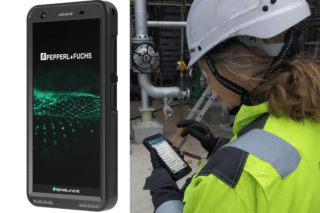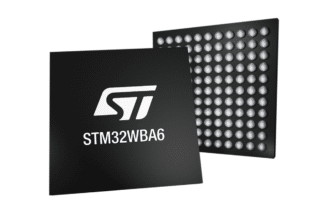Casa Systems are taking 5G further, earning them the Best New 5G Technology Award at Broadband World Forum. The company questions whether mmWave is the future of 5G.
Research shows that by 2025, 15% of connections will use 5G. The existing technologies are fundamentally the same—2G, 3G, and 4G—, but with 5G we stretch the limits of what physics can deliver. There is a problem, though, says Steven Collins, SVP Access Devices at Casa Systems.
The spectrum assets are becoming congested; there isn’t any free space so the industry is looking for more vacant spectrum which means going higher in frequency. The penalty for going in a higher frequency space is propagation and that’s the space where we’re seeing most 5G networks are headed.
It becomes a matter of how operators connect to 5G. 5G mmWave is a solution. Certain commercial-ready devices will be ready to use 5G mmWave—first launched in the US—by 2020. The term mmWave (millimeter wave) refers to a specific part of the radio frequency spectrum between 24GHz and 100GHz, with a very short wavelength. There are more available channels with 5G mmWave.
“5G mmWave is coming,” he stated when speaking about this technology during his talk at the Broadband World Forum in Amsterdam. However, mmWave is unpredictable.
For example, it doesn’t go through glass with low-e coatings designed to block UV—it blocks mmWave, too.
According to Collins, testing done by Casa Systems shows that while mmWave won’t go through a window, it can go through other gaps in the building. It might bounce under a door, for example. It bounces a lot. It finds a way to get where it’s going but is very affected by its environmental conditions. It bounces in high humidity for example.
This means the nature of the equipment that has to receive that signal needs to be fundamentally different from what we have seen for 3G and 4G. The nature of your network architecture and the device that receives the signal has to be very different. That means a new type of business model and a new type of product introduction.
No One-Size-Fits-All Solution?


Courtesy Casa SystemsOn their website, Casa Systems say that “One of the biggest issues we face in this regard is the media-generated belief that 5G is positioned to deliver mind-blowing speeds by using the large bands of spectrum available in the millimeter-wave spectrum band. The truth is somewhat different.”
The company has been leading several trials to analyze the performance of 5G in mmWave. One of their operators found the performance unfavorable compared to that of the 600MHz spectrum in a public demonstration.
“We all knew that mmWave would have its challenges and there were no guarantees on the performance of the technology. With these latest trials, it’s becoming more and more clear for the industry that considering 5G in mmWave alone, won’t be enough to be successful,” says the company.
So is 5G mmWave the future of 5G? Collins reckons,
It’s debatable. But it’s coming and we shouldn’t wait to prepare for it.
Casa Systems have already started. They’ve developed their own architecture with the new Apex 5G Metro Radio Access Network (RAN) solution. It is designed to offer coverage in dense urban areas and can be easily deployed at street level. Initially, the Apex 5G Metro will support sub 6 GHz bands with expansion to millimeter-wave deployments in the near future.
Casa Systems also partnered with British Telecommunications (BT) to develop the Converged 5G Core proof of concept solution that supports video and enterprise VPN services by combining the wireless user plane with the 5G Core. The solution, which won the Best New 5G Technology Award at the Broadband World Forum, could allow subscribers to use services seamlessly as they move between mobile and fixed connectivity.
The 5G core and wireline BNG network functions are powered by Casa’s Axyom™ Software Platform “on off-the-shelf hardware, which provides a disaggregated and virtualized solution at the network edge.”
BT is using the Converged 5G Core to optimize its network and lower costs by simplifying overall network design and improving resource utilization. Without a converged 5G core, service providers could find it difficult to manage the cost and complexity to support future service requirements.











